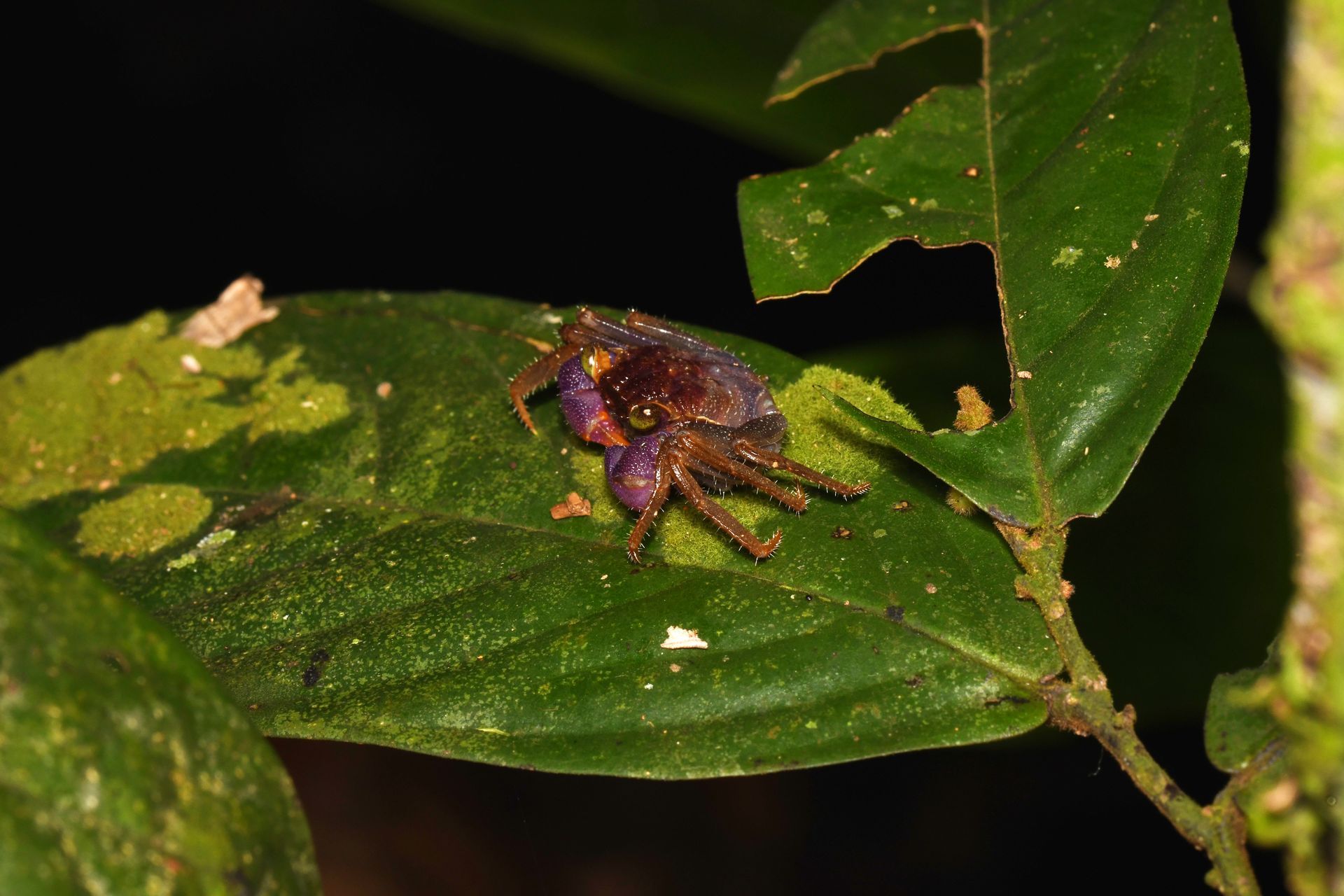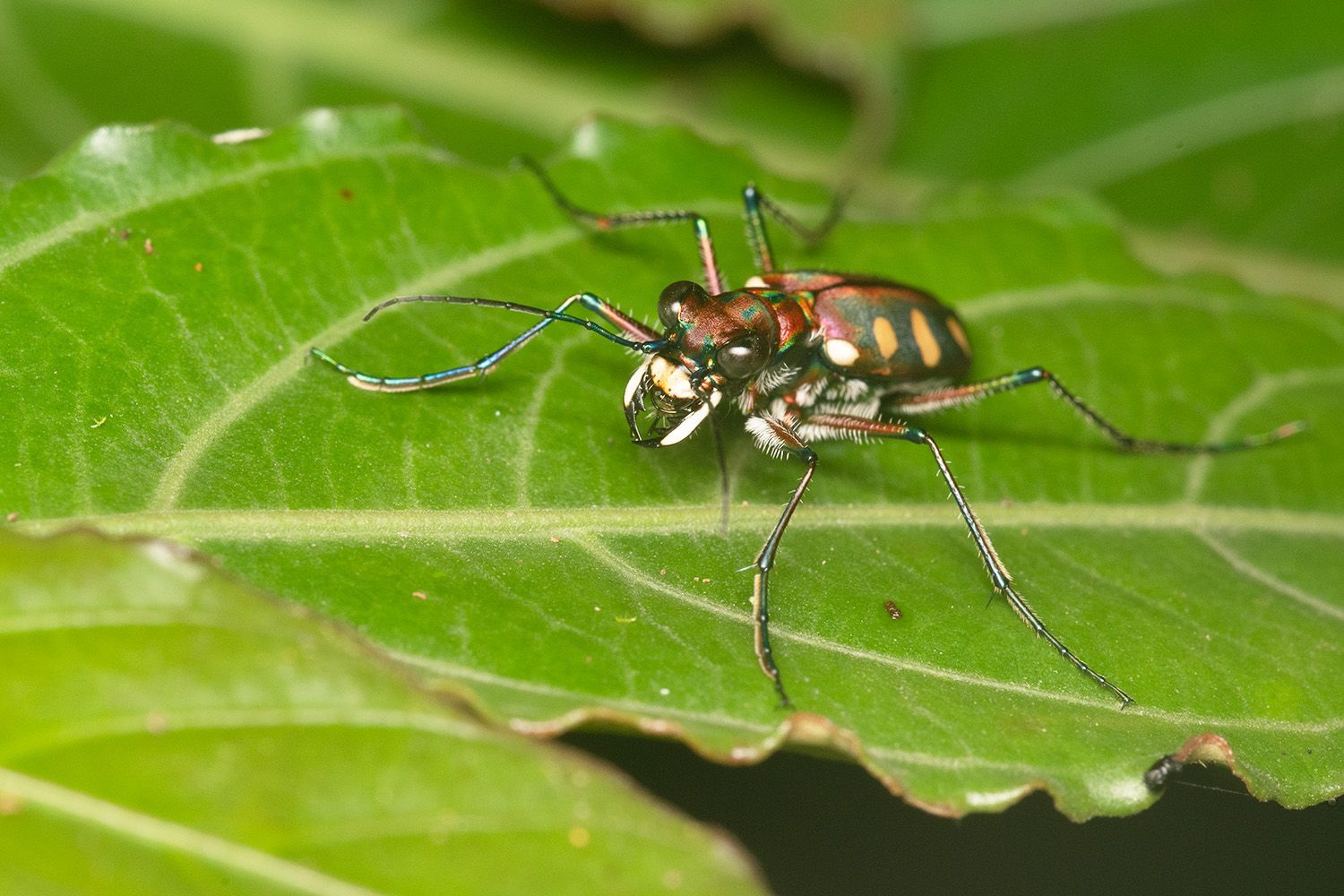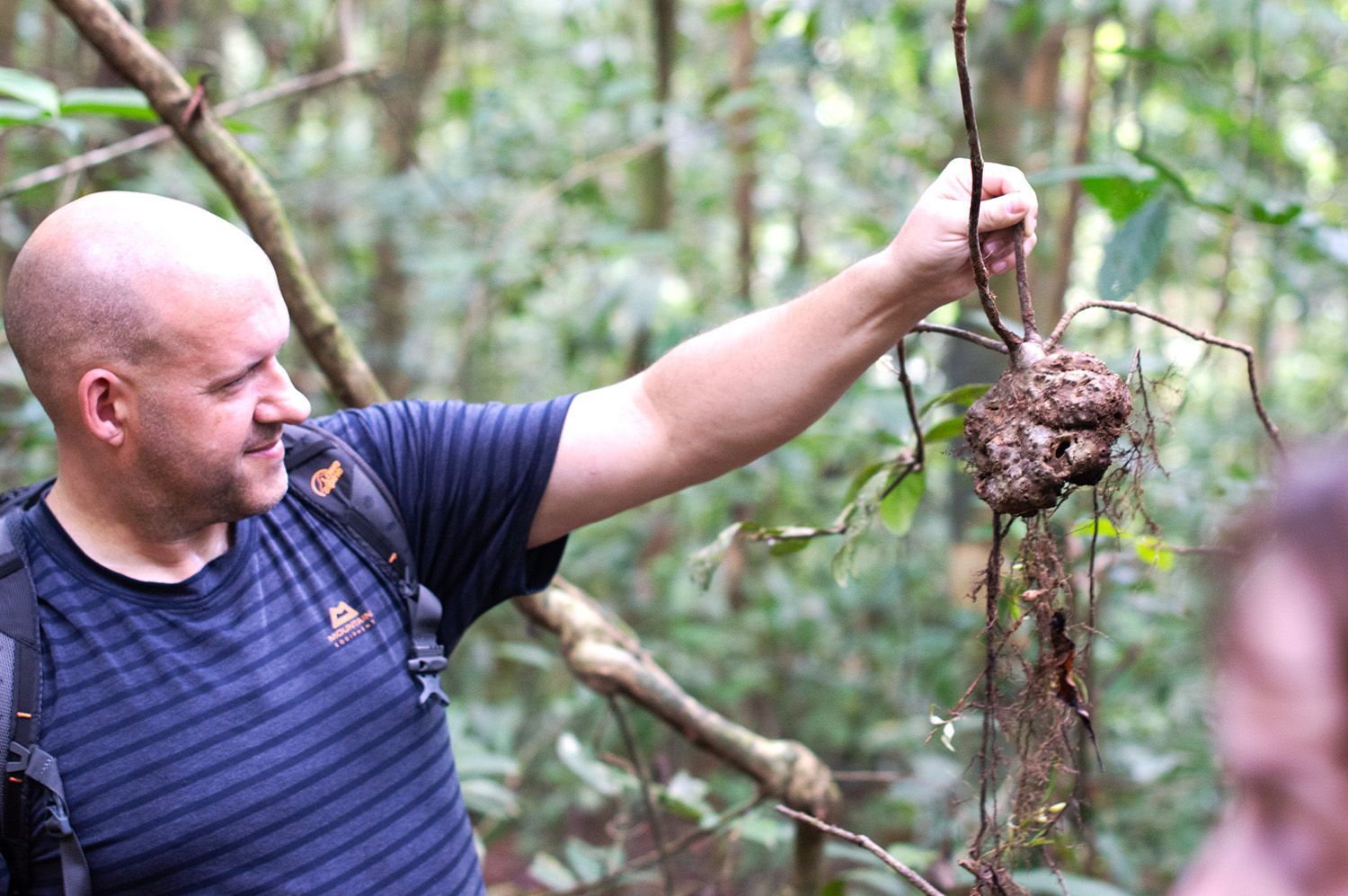Bristol Pest Controller Simon Discovers New Species In Brunei
From Bristol Pest Control Expert To Discovering New Species!
How I Discovered A New Species In The Rainforests Of Brunei

It's been a few weeks since I had final confirmation, but I am excited to reveal that during my expedition into the Rainforest of Brunei in Borneo, I discovered a new species.
What most people don't realise is that nothing exists in science without a name. It's a sad reality that the rate of deforestation globally is happening at such a pace that many species are wiped from history with no record.
During my expedition to discover new species, I put my years of experience and field craft skills to a new use. Walking through the forest at night was an amazing experience. The forest came alive at night with all kinds of amazing creatures and unusual noises made by animals you couldn't see without the expert guidance of the local guides.
One such noise sounded like a cork being pulled from a bottle. This amusing popping sound came from a small hole in a nearby tree. On closer inspection, I could see a tiny frog the size of a Malteser that uses the hole in the tree to amplify its popping mating call.
As the team of scientists and citizen scientists meandered up the trail, deeper into the forest, I noticed a large and unusual looking slug. It resembled a snail that had lost its shell, but it was, in fact, a very unusual species of semi-slug or snug!
After careful examination, it was found to be unique to the area, however one specimen or incidence is not a new species - we needed to find more.
On the final day of the expedition, I left the field centre with the scientific team and headed back to the UK wondering if what had been found on that night walk would ever be revealed as a new species.
Fortunately, almost five years later, I received the news I had been waiting for, and yes, subsequent expedition teams had found more specimens and DNA barcoded them to reveal that this was unique and new to science.
Finally, this species would have a name (Microparmarion sallehi) and be published and recognised in the scientific literature as a new species.
It's a necessity in the pest control profession to be inquisitive, observant, and enquiring in order to unlock the secrets of a pest problem that might be uniquely yours. Finding the source of a pest problem is sometimes almost impossible, but with experts like me on hand to help, you can rest assured you are in good hands, the best hands for the job.



